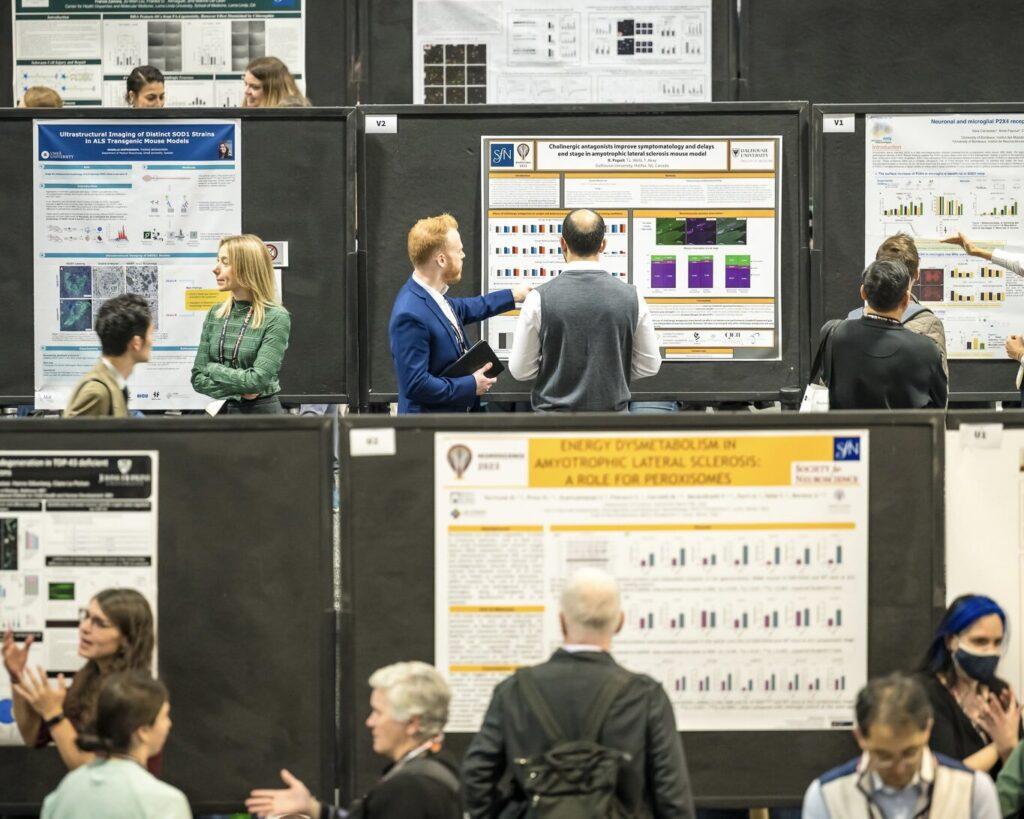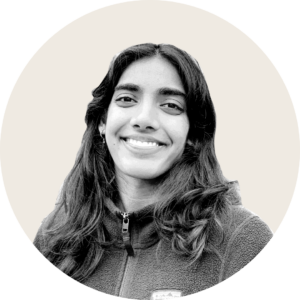Neuroscience 2023, the largest scientific conference in the world, drew over 25,000 attendees from around the world to Washington, D.C. this year from Nov. 11 to Nov. 15.
The conference, organized by the Society for Neuroscience (SfN), a national organization of physicians and scientists involved in brain research, consisted of various research talks organized into symposium, minisymposium and nanosymposium sessions. The program also featured lectures by neuroscientists whose contributions the SfN deems significant, professional development workshops and poster sessions.
Thomas Coate, a professor in the department of biology and director of the neurobiology major, attended the conference this year and said he believes it is a crucial opportunity for students to share their neuroscience research.
“From a training perspective, it is really important for students, undergraduates and graduate students, and postdocs to have the opportunity to present their own research findings,” Coate told The Hoya.
The format of the presentations at the conference encourages researchers to distill much of their work and make it accessible to many audiences, according to Coate.
“Presenting one’s research in a poster or talk format forces somebody to consolidate a lot of information into a short presentation,” Coate said. “It is really one of the most important things that you do, and that is to communicate your science to audiences of multiple levels — one level being other scientists and another level being a more broad audience.”
Chelsea Scott (GRD ’24), a master’s student in the Interdisciplinary Program in Neuroscience, attended the conference and presented a poster on her research.
Scott said she felt that she was able to look at her research from a different perspective by sharing it, and she has new ideas for improvement going forward.
“Presenting at SfN has allowed me to go back to my own research with a different lens. With questions asked about my own poster from experts in the field, I can fine-tune my research techniques and explore different explanations for my results,” Scott wrote to The Hoya. “By visiting symposiums on behavioral techniques and data analysis, I’m excited to make slight adjustments to my project and data sets.”
According to Scott, the conference provides insight into every subfield of neuroscience.
“It combines every single major component of neuroscience research interests and techniques into a 5-day conference,” Scott said. “Some of these areas include neurodegenerative diseases, neurodevelopment, and related disorders, sensory systems, as well as clinical-centered talks and symposiums.”

Hundreds of exhibitors featured at the conference promoted their research technology and services to attendees.
“One of the great things about this meeting is that all the latest and greatest technologies are available, on the floor of the conference center,” Coate said. “You get to explore new technologies that you can apply to your research.”
Exhibitors ranged from Leica, which manufactures microscopy equipment, to Transnetyx, which provides mouse genotyping services for researchers to use.
The conference also featured social events and graduate school fairs for networking.
“SfN also has plenty of social events and networking spaces including a graduate student fair for students looking to apply to master’s or doctoral programs,” Scott said.
Coate said that though most attendees are scientific researchers, the scale of the conference allows for those who have a budding interest in neuroscience to learn as well.
“One of the great things about this meeting is that you get people from all areas of science, but you also get some people who are just interested in neuroscience who are attending,” Coate said.
Individuals who have personal connections to conditions related to the nervous system and want to learn about the latest research regarding them also attend these types of conferences, according to Coate.
“I have actually run into people who have kids or loved ones who have hearing loss or other neurological disorders, who are just trying to learn more about the brain,” Coate said.
The conference allows for neuroscientists to not only delve deeper into their research fields but also explore fields they are unfamiliar with, according to Scott.
“My favorite part of the conference this year was visiting posters from students and postdocs in my own research field but also in totally unrelated fields,” Scott said. “I saw a few posters this year in fields I know nothing about like the neural circuitry involved in bird song and using machine learning to optimize prosthetics.”
Coate said the conference ultimately encourages collaboration between scientists through the sharing of ideas and results.
“Scientific thought is not an individual exercise. Scientific thought requires you to bring in ideas from others.”









